[All-Knowledge] Native 4K vs Upscaled 4K: Which One is Better?
Whether you're shopping for a new 4K UHD TV or playing the newest games on a PlayStation 5 or Xbox Series X, you can't avoid the topic of upscaled 4k vs native 4k.
Just what's the big deal, right? What difference does it make if one says "4K quality" and the other says "high resolution"? It turns out that native 4K and 4K upscaling are two methods of getting the same outcome.
But how different are they, exactly? This comprehensive guide will dive into the key distinctions between upscaled 4K vs native 4K, explain the science behind what is a 4k upscaler, and show you how to enhance lower-resolution footage into near-4K quality.
Part 1. What Are Native 4K and Upscaled 4K?
The term "4K" is generally used to describe any content or display with a horizontal resolution of approximately 4,000 pixels. The specific pixel count depends on the format:
- Ultra High Definition (UHD): This is the standard for most consumer 4K TVs and displays, featuring 3840 x 2160 pixels.
- Digital Cinema Initiatives (DCI 4K): This is the professional standard for cinema projection, using a slightly wider 4096 x 2160 pixels.
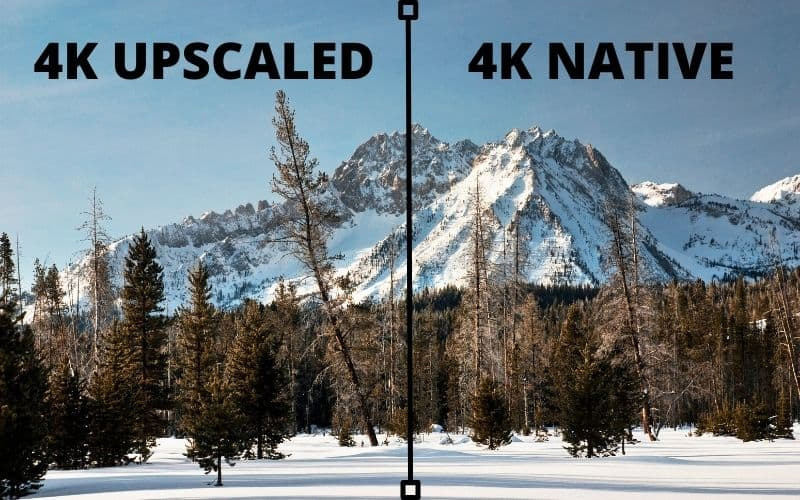
What Is Native 4K?
Native 4K, also known as True 4K, refers to a display or content with an actual resolution of 3840×2160 pixels (8.3 million total pixels), where each pixel is individually generated and addressed by the display panel. This means every pixel in the image is physically present on the screen, enabling precise control over color, brightness, and detail.
- How It Works:
Native 4K displays (e.g., TVs, projectors, monitors) use panels with native 4K resolution. For example, a native 4K TV directly renders each of the 8.3 million pixels from a 4K source, ensuring sharpness and clarity without relying on post-processing.
Where you see native 4K:
UHD Blu-ray movies
PS5 / Xbox Series X and high-end PC gaming
Cinema films (DCI 4K)
True 4K streaming tiers (Netflix, Disney+, etc.)
What Is Upscaled 4K?
Upscaled 4K refers to the process of enhancing lower-resolution content (e.g., 1080p, 720p) to fit a 4K display (3840×2160) through software or hardware algorithms. Unlike native 4K, upscaled 4K does not create new original pixels but estimates missing pixels between existing ones, a process called interpolation.
- How It Works:
When a 1080p video (1920×1080, 2 million pixels) is played on a 4K TV, the TV’s processor analyzes adjacent pixels and “fills in” new pixels to match the 4K resolution.
Common interpolation methods include:
-
Bicubic scaling: Smooths edges but may soften details.
-
Advanced method (AI upscaling): Uses smart algorithms to predict missing details.
Common usage scenarios:
Streaming HD movies on 4K TVs
Older Blu-rays
Broadcast TV and sports channels
Part 2. Native 4K VS Upscaled 4K: What Are the Differences?
When compared head-to-head, a 4K upscale and a native 4K resolution may seem similar. Of course, this doesn't imply that they're similar in any way. Both use the whole screen with a resolution of 3840 by 2160.
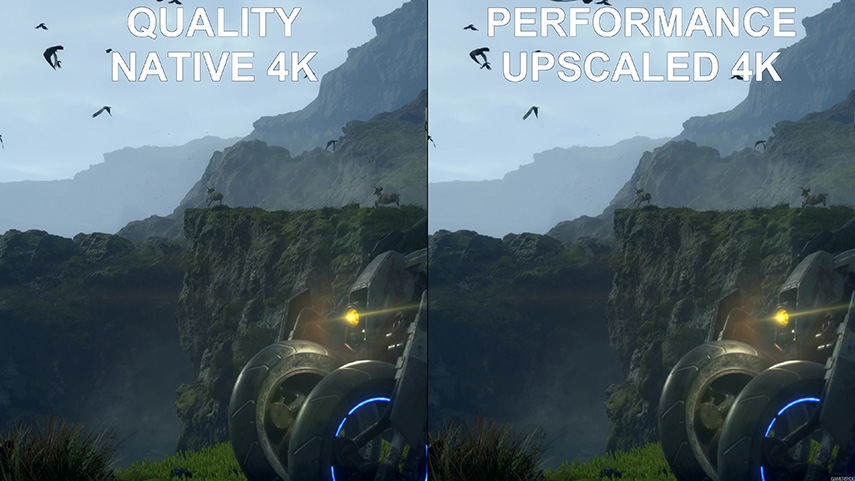
Let's discuss what makes a 4k upscaling vs native 4k.
Core Differences between Native 4K and Upscaled 4K
| Feature | Native 4K | Upscaled 4K |
|---|---|---|
|
Resolution Source |
Native 3840×2160 resolution (8.3M pixels), pixels exist natively in content/display. |
Lower resolution (1080p/720p) . Pixels are estimated/created by algorithms |
|
Pixel Generation |
Pixels exist natively in content/display |
Pixels are estimated/created by algorithms |
|
Clarity |
Maximum detail for 4K sources |
Improved clarity over original low-res, but less than native 4K |
|
Image Impact |
No loss; quality depends on source encoding. |
Possible artifacts: edge blur, texture distortion, motion blur. |
|
Processing Load |
Low; direct rendering. |
High; requires CPU/GPU/display processor. |
|
Use Case |
Best for native 4K movies, games, or content |
Ideal for enhancing non-4K content on 4K displays |
|
Hardware Requirement |
High-end displays (e.g., true 4K projectors) and sources. |
Mid/low-end 4K TVs suffice; relies on built-in upscaling chips. |
1. Source Resolution
The actual resolution of the video is a key differentiator between a 4K upgrade and a native 4K. Something in native 4K resolution is and always has been 4K resolution, while an upscale to 4K is not even close to the quality of the original resolution.
When compared to native 4K resolution, which is fundamentally 4K, 4K upscale actually provides a resolution of 1080p HD. Using the "2160p" nomenclature to describe 4K makes this point very evident. In this way, the vast superiority of 4K over its predecessor, 1080p, becomes clear (a.k.a. 2K).
2. Number of Pixels
4K televisions have four times as many pixels as HD televisions. There are only around two million original pixels in a 4K upscale, but there are eight million in a native 4K image. That's a huge jump, equivalent to almost six million pixels.
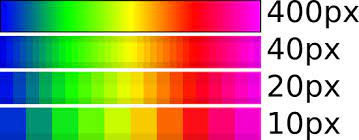
3. Interpolated Pixels
Though we'll go into interpolation in more detail later, for now, just know that a 4K upscale will have fewer interpolated pixels than a raw 4K image. Approximately six million interpolated pixels are required for the former to look well on a 4K TV, whereas zero are required for the latter.
Since it was created at a 4K resolution from the start, no more work is required for it to look well on a 4K television.

So, it was all the difference between upscaled 4k and native 4k.
Part 3. Native 4K vs Upscaled 4k: Which One is Better?
On paper, the 3840 by 2160 resolution of both upscaled and native 4K is identical. However, native 4K is superior to both, just as the optical zoom on a camera is superior to digital zoom.
Upscaled 4K: Making Low-Res Content Fit 4K Screens
Pros
- Makes lower-quality content look better on 4K screens
- Saves bandwidth compared to native 4K streaming
- Works automatically on modern TVs
Cons
- Less detail — especially in motion scenes
- Possible artifacts, blur, or oversharpening
- Quality varies by device and algorithm
For 4K upscaling, methods like picture interpolation or employing false pixels are used. Upscaling from 1080p to 4K may be accomplished via the closest neighbor, bicubic, or bilinear interpolation
Nearest-neighbor interpolation, also known as the point sampling procedure, is the simplest of the three approaches and, as a result, the most popular technique for upscaling to 4K resolution.
Native 4K: The Gold Standard for Detail
Pros
- Does not require any upscaling process to achieve true native 4K resolution.
- Maintains excellent detail even when zooming in or cropping the image.
- Provides unmatched raw sharpness, clarity, and texture accuracy.
- Best performance for large screens, professional editing, and high-end home theaters.
Cons
- Requires much larger file sizes, consuming significant storage space.
- Needs strong and stable bandwidth for smooth 4K streaming playback.
- Demands more powerful devices (TVs, PC hardware, consoles, etc.) for decoding and editing.
- Not all media supports 4K; older or HD-only content cannot magically become native 4K.
Native 4K content (like 4K movies or games) is created with 8.3 million original pixels from the start. No guesswork needed:
Zero Artifacts: Every pixel is intentionally crafted by the content creator, so edges are sharp, textures are lifelike, and colors are precise—even on huge 85+ inch TVs.
No Processing Hassle: Native 4K displays (e.g., high-end OLED TVs) render it directly, no extra computation required.
The Catch: Native 4K Isn’t Always Practical
Cost: 4K TVs/projectors and native 4K content (like 4K streaming subscriptions or Blu-rays) are expensive.
Limited Content: Most old videos (home movies, YouTube uploads, classic TV shows) are 1080p or lower—you can’t just "get" native 4K for everything.
Part 4. Bonus: How to Enhance Native 1080P to 4K
If you have a library of low-resolution media files, particularly videos, and want to boost the video quality for a superior viewing experience, you can use specialized software to handle the upscaling process before it even hits your TV. HitPaw VikPea (formerly HitPaw Video Enhancer) harnesses Hollywood-caliber AI to magically transform blurry 1080P footage into stunning 4K clarity – without complex editing. Unlike the real-time processing done by a TV chip, VikPea uses advanced machine learning models to analyze every frame, reconstruct details, and reduce noise—providing a much more sophisticated enhancement than simple interpolation.
What HitPaw Can Do: Solve Your Low-Res Video Challenges
|
Scenario |
Recommended Solution |
Reason |
|---|---|---|
|
Upscale old videos / web videos to 4K |
Standard 4K TV + HitPaw VikPea |
Cost-effectively converts existing low-resolution content (1080p/720p) to near-native 4K clarity for 4K displays. |
|
On a budget but want a 4K experience |
Mid-Range 4K TV + HitPaw VikPea |
Balances image quality and cost by enhancing low-res content on budget-friendly 4K TVs, maximizing the use of existing video resources. |
Learn how to enhance the video to 4K with HitPaw AI Video Enhancer from this video:
Top Functions of HitPaw VikPea Include
- AI-Powered: Uses specialized AI models trained on millions of videos to restore and enhance footage.
- Multiple Models: Offers different models for various content (e.g., General Restoration Model, Portrait Model, Animation) to maximize results.
- Upscaling up to 4K/8K: Capable of intelligently upscaling low-resolution video (e.g., 480p, 720p, native 1080p) to true 4K resolution.
- Split-screen preview to compare before/after effects without watermark
- Batch process multiple tasks with cloud export acceleration
Here are the steps to enhance 1080P video to true 4K with HitPaw VikPea
You can enhance your videos in the following ways with the help of HitPaw VikPea:
-
Step 1.You must first get HitPaw VikPea and set it up on your computer before you upscale 4K.
-
Step 2.Upload the native 1080P or native 4K video to HitPaw VikPea, and you can begin the AI-enhancement process.

-
Step 3.Pick the right artificial intelligence model of upscaling 4K videos and resolution you need from the three options emphasized in the picture.

-
Step 4.Click the Preview to see how it will look in reality after set up the 4K upscaling model using HitPaw VikPea.

-
Step 5.Select the export option to save your upscaled 4K video.

Part 5. FAQs of Native 4K vs Upscaled 4K
1. How Does Upscaled 4K Compare to Native 1080p?
Upscaled 4K from a good processor is typically better than native 1080p. While both start with the same source data, the upscaling process uses the extra pixels of the 4K screen to smooth out jagged edges, reduce pixel visibility, and enhance subtle details that a native 1080p screen cannot display.
2. Is upscaled 4K worth it?
Yes, upscaled 4K is absolutely worth it because you cannot watch standard 1080p content on a 4K TV without it. The technology ensures that all non-4K content is displayed as clearly as possible. A high-quality TV with an excellent 4K upscaler will make your 1080p movies look better than they would on a native 1080p screen.
3. Is the PS5 4K native or upscaled?
The PS5 is capable of running games at both native 4K resolution and upscaled 4K. Many high-end games run in native 4K, but demanding games often use techniques like checkerboard rendering or dynamic resolution scaling, which are forms of intelligent upscaling, to maintain smooth frame rates.
4. Is upscaled 4K real 4K?
No. While upscaled 4K is displayed at the 4K pixel count (3840 x 2160), it is not "real" or native 4K because the original source data was not captured at that resolution. The extra pixels are created artificially through interpolation, making it look like 4K, but it doesn't contain the true, original detail.
Part 6. Conclusion
The core takeaway in the native 4K vs upscaled 4K debate is simple: Native 4K resolution is the ultimate gold standard, offering the highest quality and detail. However, upscaled 4K is a vital necessity for watching the vast library of existing content. When purchasing a new TV, don't just look for "4K"—inquire about the quality of its 4K upscaler.
If you want to permanently enhance your personal video library, an advanced AI tool like HitPaw VikPea offers a powerful solution to bridge the gap between your old footage and your new 4K screen.
- 1-Click Super-Resolution – Perfect for old home videos/professional projects
- Zero Watermarks – Preview true results without distractions
- Hollywood-Grade AI – Rebuilds textures & sharpness lost in compression
- Cross-Platform – Optimized for Windows & Mac workflows

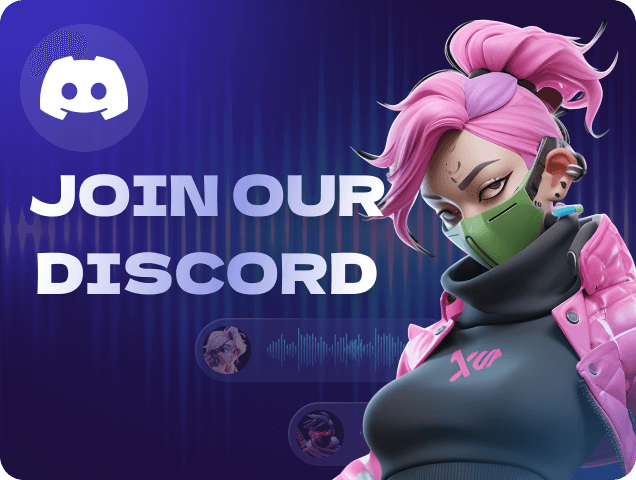
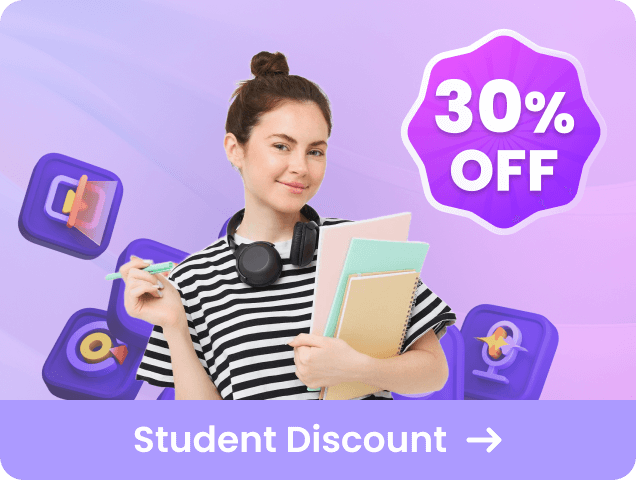
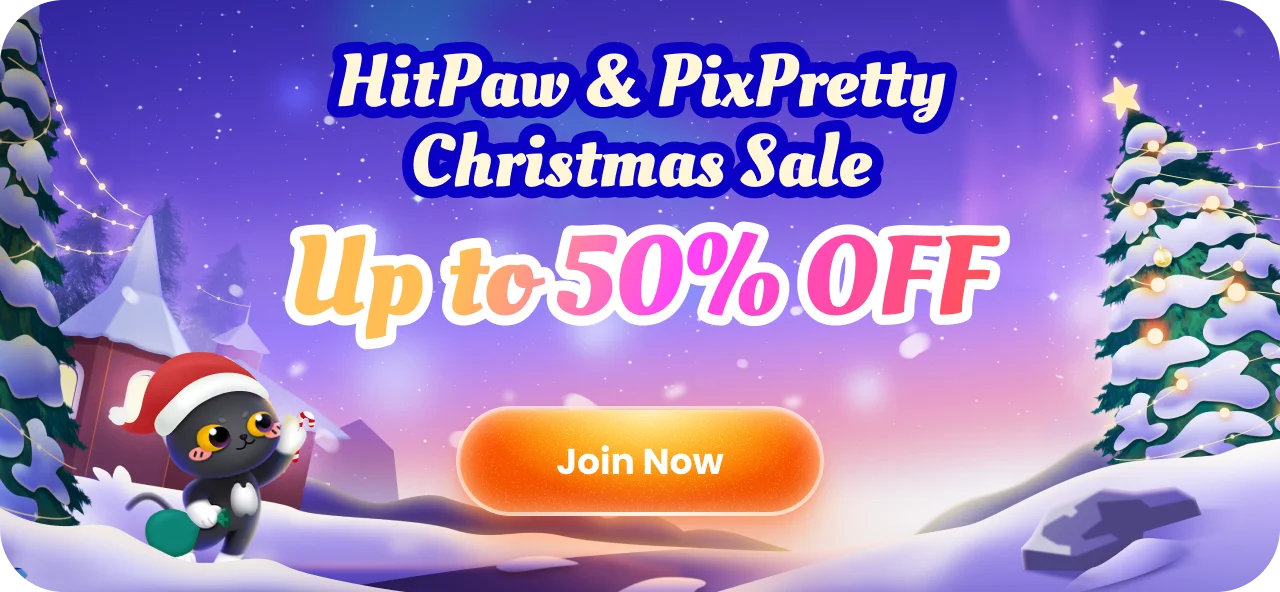
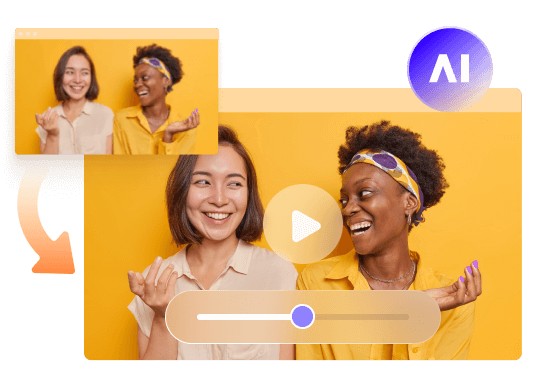






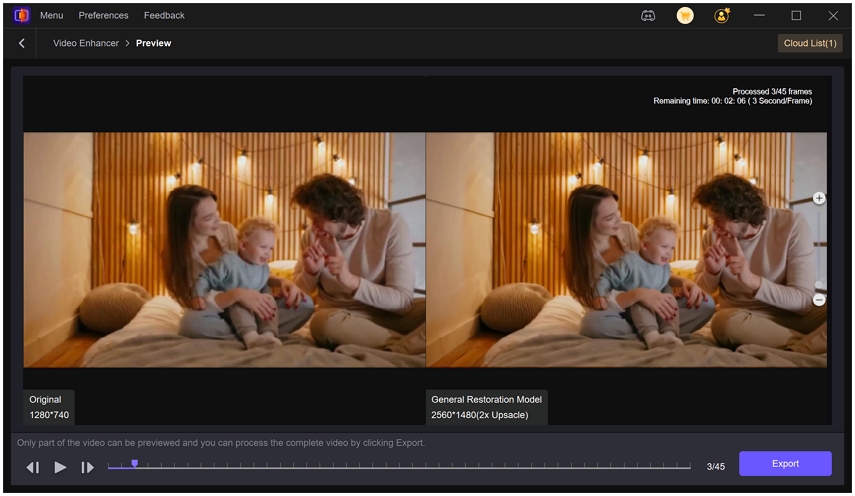
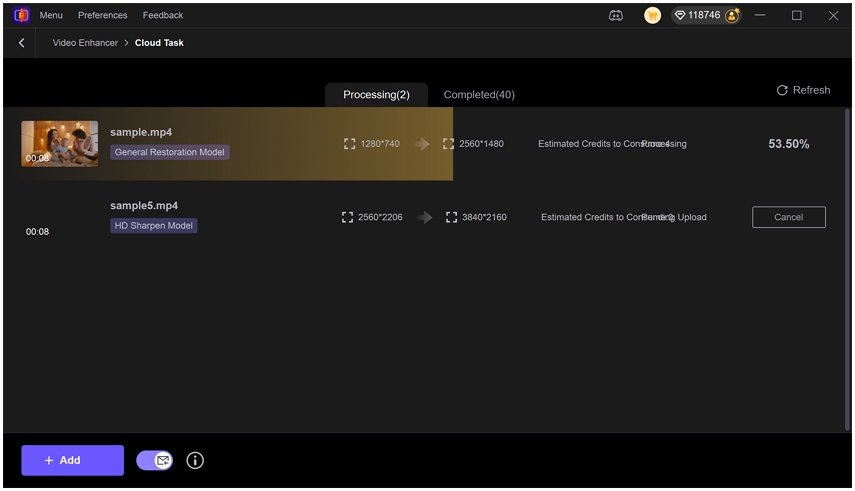
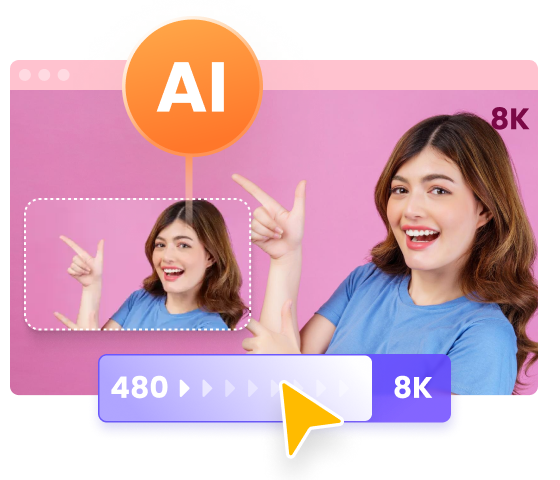
 HitPaw Univd (Video Converter)
HitPaw Univd (Video Converter)  HitPaw Watermark Remover
HitPaw Watermark Remover  HitPaw VikPea (Video Enhancer)
HitPaw VikPea (Video Enhancer)



Share this article:
Select the product rating:
Daniel Walker
Editor-in-Chief
This post was written by Editor Daniel Walker whose passion lies in bridging the gap between cutting-edge technology and everyday creativity. The content he created inspires audience to embrace digital tools confidently.
View all ArticlesLeave a Comment
Create your review for HitPaw articles